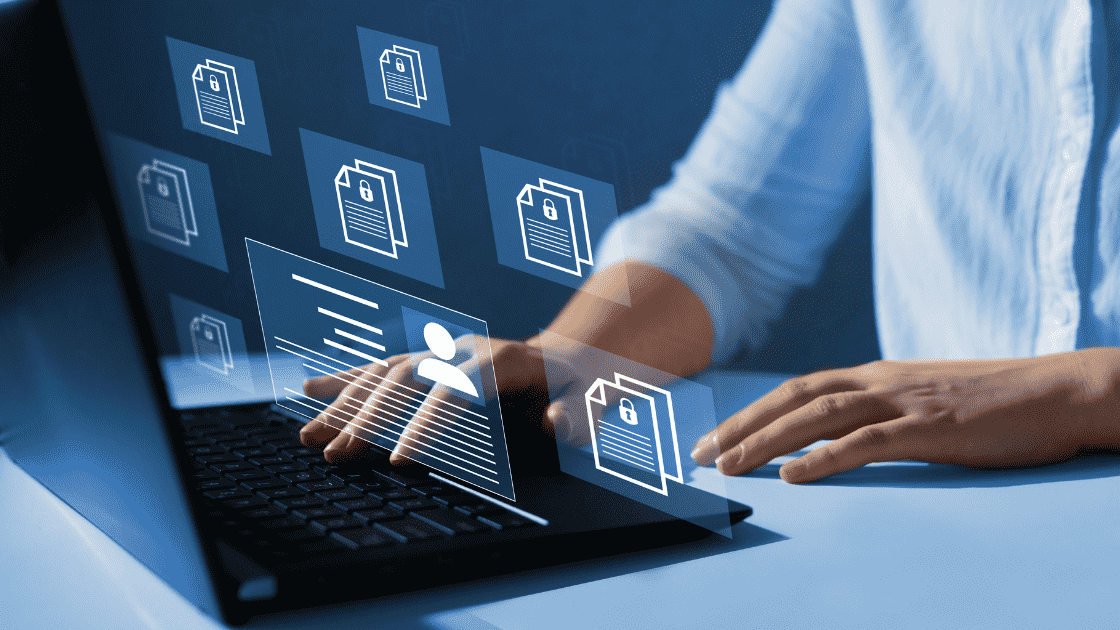In the dynamic realm of real estate management, property management systems stand as pivotal tools, orchestrating the seamless operation of properties ranging from residential buildings to commercial complexes. As a novice venturing into this domain, understanding the fundamentals of property management systems is akin to unlocking the door to efficient property oversight and optimization.
What is a Property Management System?
A property management system (PMS) encapsulates a comprehensive software solution designed to streamline and automate the myriad tasks associated with property administration. From rent collection to maintenance scheduling, a property management system serves as the digital backbone, empowering property managers to efficiently oversee their portfolios.
Key Components of a Property Management System
1. Tenant Management
At the core of every property management system lies tenant management, encompassing tenant onboarding, lease agreements, and communication facilitation. Through the PMS, landlords can efficiently track rent payments, handle lease renewals, and address tenant queries promptly.
2. Financial Management
Financial management within a property management system facilitates precise tracking of income and expenses associated with property ownership. From generating financial reports to monitoring cash flow, this component ensures meticulous fiscal oversight.
3. Maintenance Tracking
Maintenance constitutes a fundamental aspect of property upkeep, and property management systems offer robust tools for maintenance tracking. By scheduling routine maintenance tasks and promptly addressing repair requests, property managers uphold the property's value and tenant satisfaction.
4. Document Management
Efficient document management is crucial for maintaining organized records of leases, agreements, and correspondence. A property management system simplifies document storage, retrieval, and sharing, fostering transparency and compliance.
5. Reporting and Analytics
Reporting and analytics functionalities empower property managers with actionable insights into property performance and market trends. By harnessing data-driven decision-making, stakeholders can optimize rental strategies and identify areas for improvement.
Benefits of Adopting a Property Management System
1. Enhanced Efficiency
By automating routine tasks and centralizing data, property management systems significantly enhance operational efficiency. This efficiency translates into time savings and reduced administrative burdens for property managers.
2. Improved Communication
Property management systems serve as communication hubs, facilitating seamless interaction between landlords, tenants, and vendors. Through integrated messaging features, stakeholders can swiftly convey information and resolve issues.
3. Enhanced Tenant Experience
A positive tenant experience is paramount for tenant retention and property profitability. Property management systems enable landlords to deliver superior service, from streamlined rent payment options to prompt maintenance resolution, thereby fostering tenant satisfaction and loyalty.
4. Scalability
As property portfolios expand, scalability becomes imperative. Property management systems offer scalability features, accommodating the needs of growing property portfolios without compromising performance or efficiency.
5. Compliance and Risk Mitigation
In the complex landscape of real estate regulations, property management systems provide compliance tools to ensure adherence to legal requirements and mitigate risk. From lease management to financial reporting, these systems uphold regulatory standards, safeguarding the interests of property owners.
Choosing the Right Property Management System
1. Identify Your Needs
Before selecting a property management system, assess your specific requirements and operational challenges. Consider factors such as property size, portfolio complexity, and budgetary constraints to determine the features and functionalities crucial for your operations.
2. Research and Compare
Conduct thorough research and evaluate multiple property management systems to identify the one that best aligns with your needs. Compare key attributes such as user interface, customer support, pricing structure, and scalability to make an informed decision.
3. Request Demos and Trials
Request demos or trial versions of property management systems to gain firsthand experience of their usability and functionality. Engage with vendors to clarify any queries and assess the system's compatibility with your existing workflows.
4. Consider Integration Capabilities
Integration with existing software applications is essential for seamless data flow and operational synergy. Prioritize property management systems that offer robust integration capabilities with accounting software, CRM platforms, and other relevant tools.
5. Evaluate Customer Feedback
Customer feedback and testimonials provide valuable insights into the performance and reliability of property management systems. Explore user reviews and seek recommendations from industry peers to gauge the system's reputation and track record.
Conclusion
In the realm of property management, embracing technology is not merely a choice but a strategic imperative. Property management systems serve as catalysts for efficiency, transparency, and growth, empowering landlords to navigate the complexities of property ownership with confidence and agility. By understanding the core components, benefits, and selection criteria of property management systems, beginners can embark on their journey towards proficient property management with clarity and purpose.
Visit [www.icloud-ready.com](/www.icloud-ready.com) to learn more.
Further reading
- How to Triple The Traffic of your Property Listings
- 4 Time-Saving Tips for Property Managers
- How to Choose The Best Real Estate Software Solutions for Your Company?
iCloudReady is a complete real estate platform built for enterprises. We help you manage better your operations, and implement best practices customer engagement tools.
Ready to find out more?
